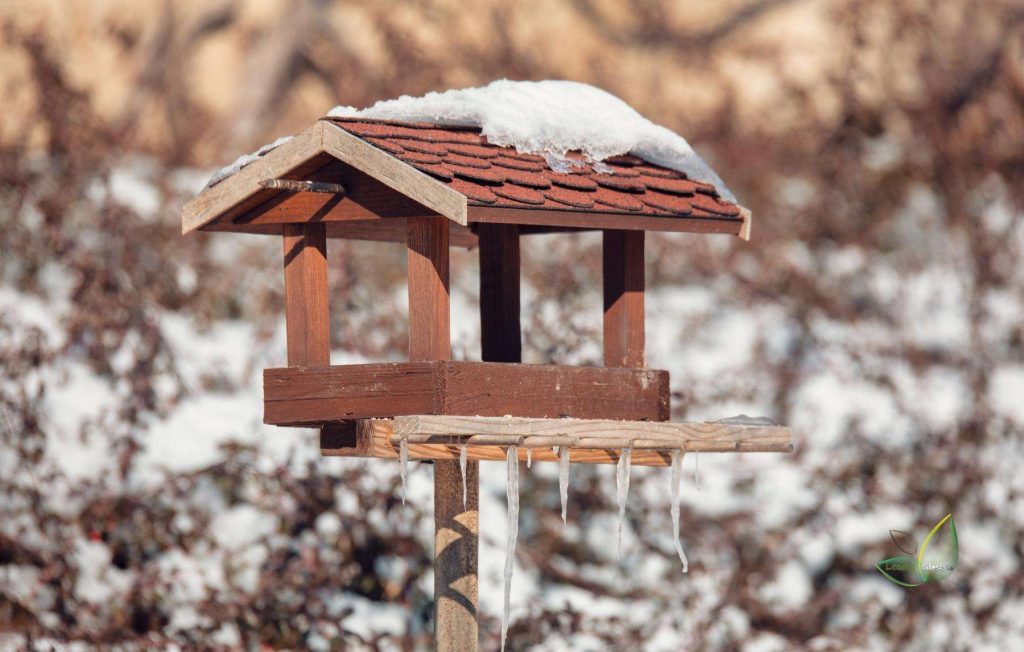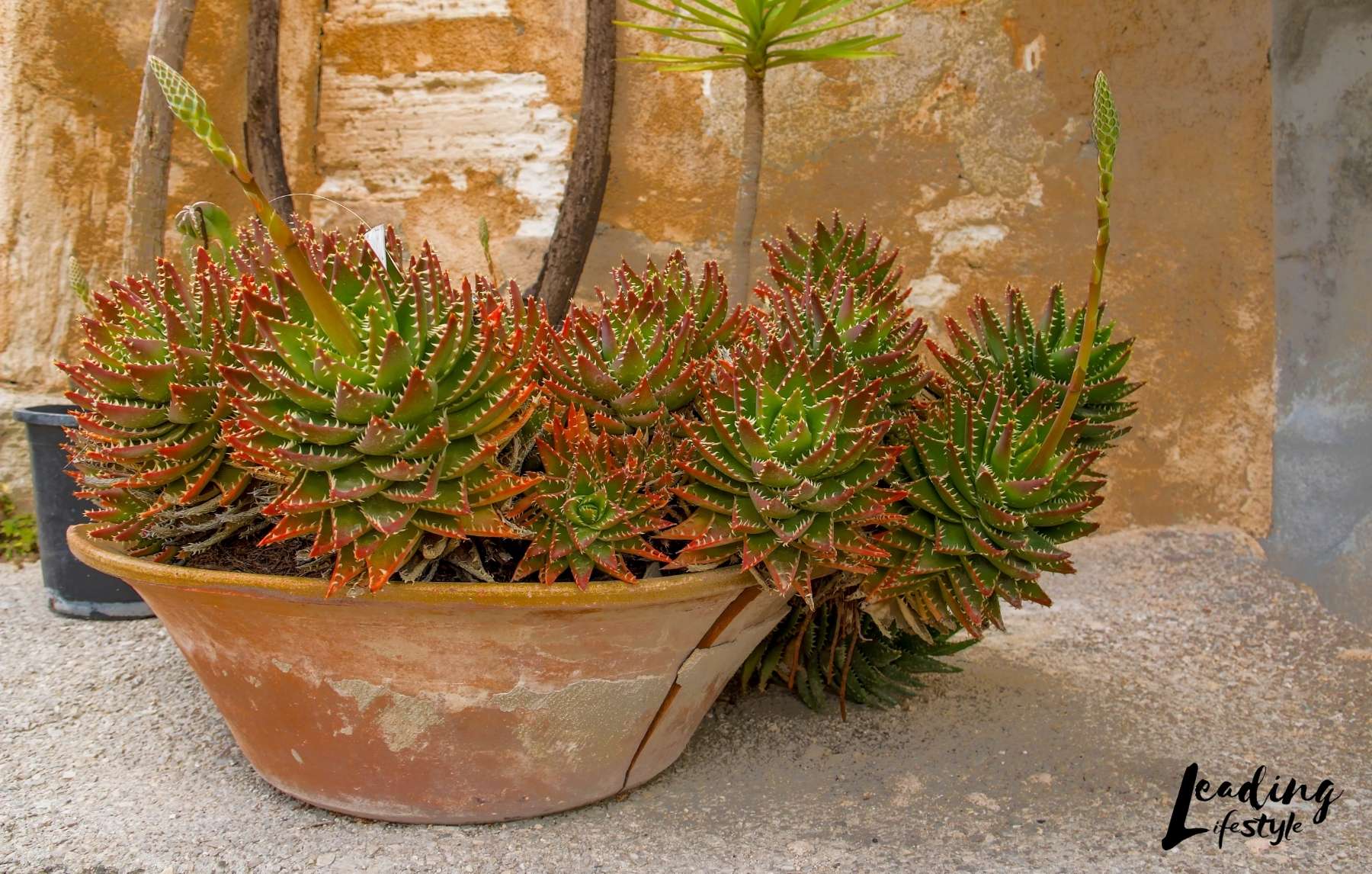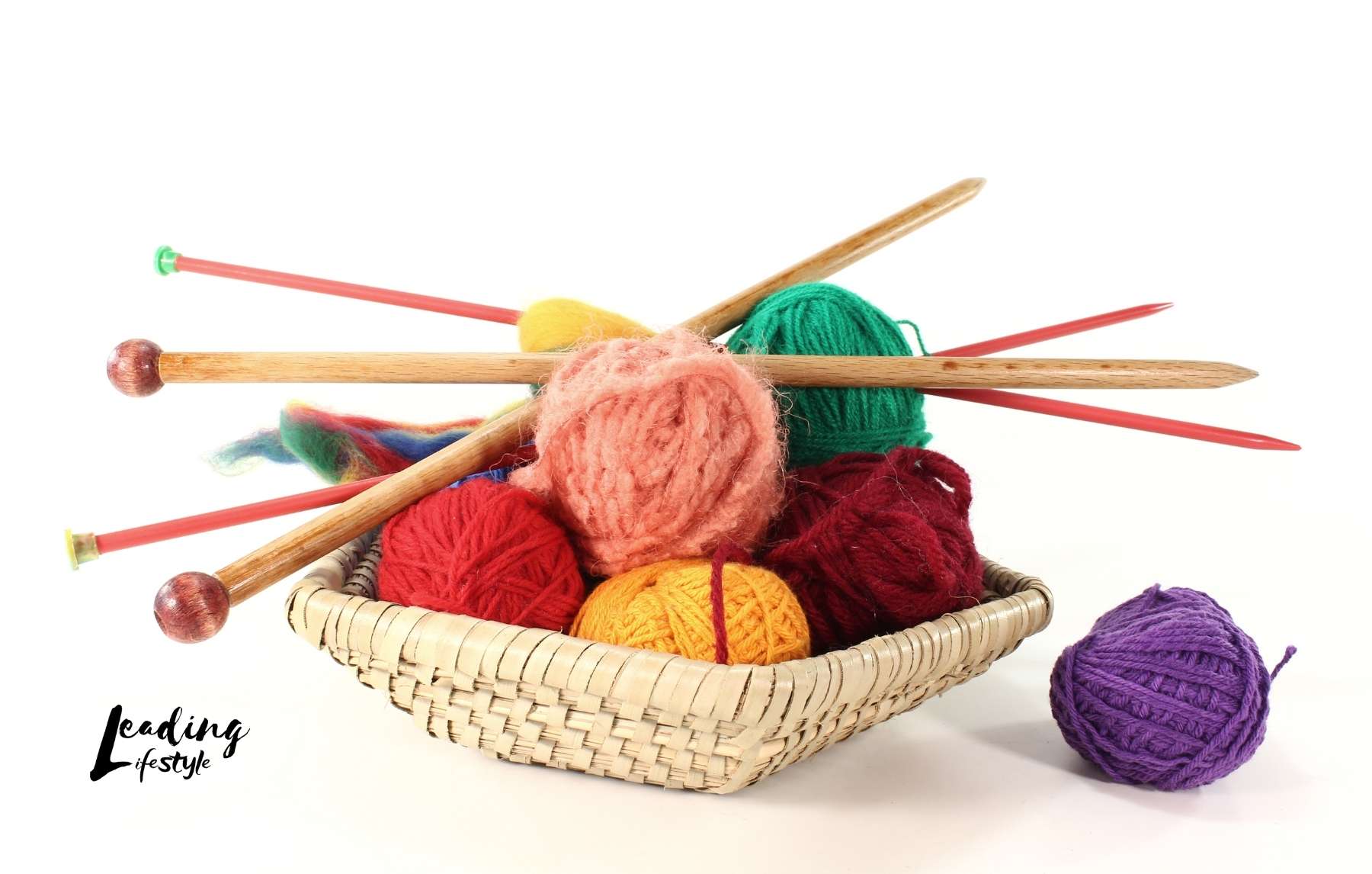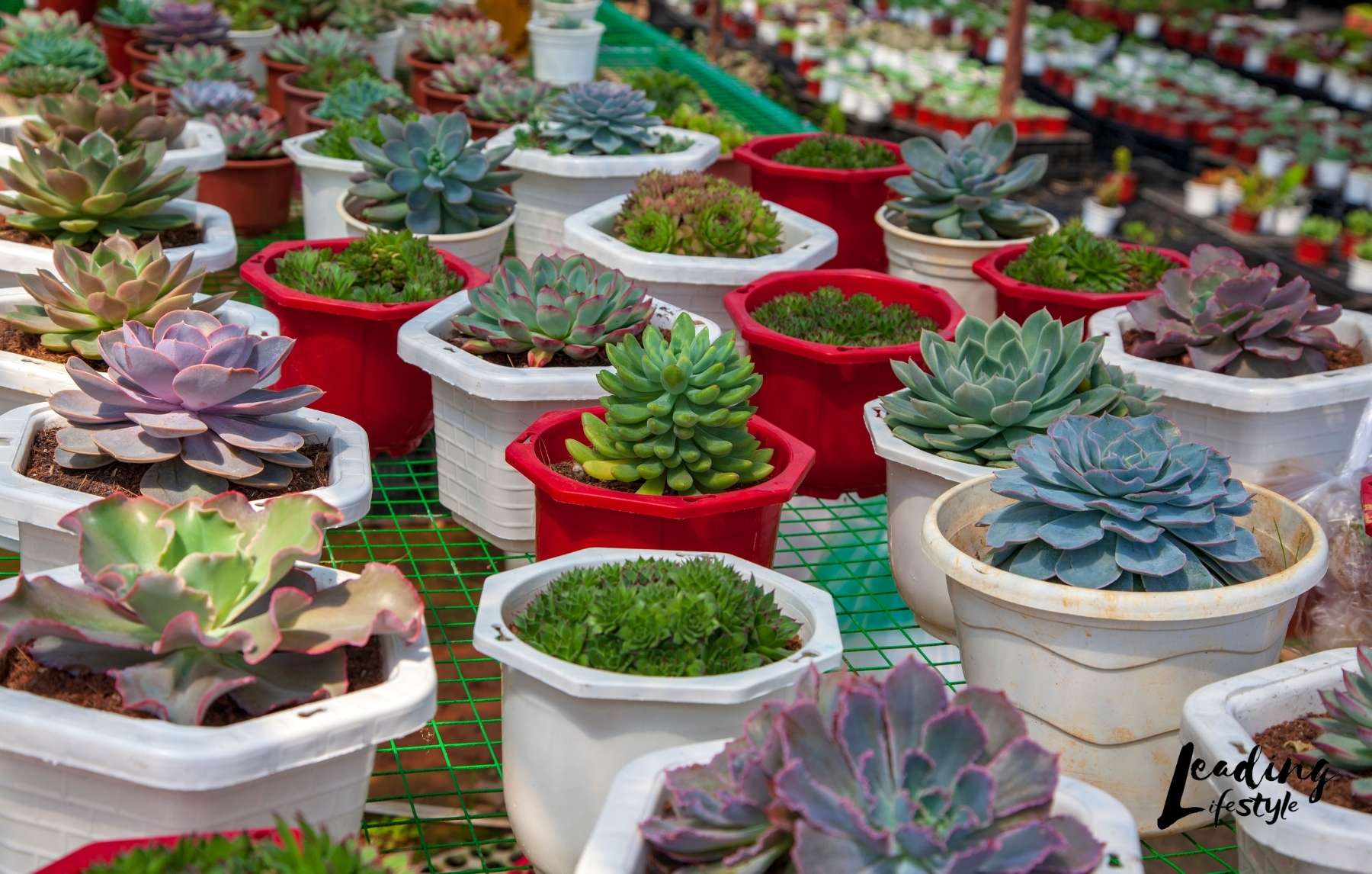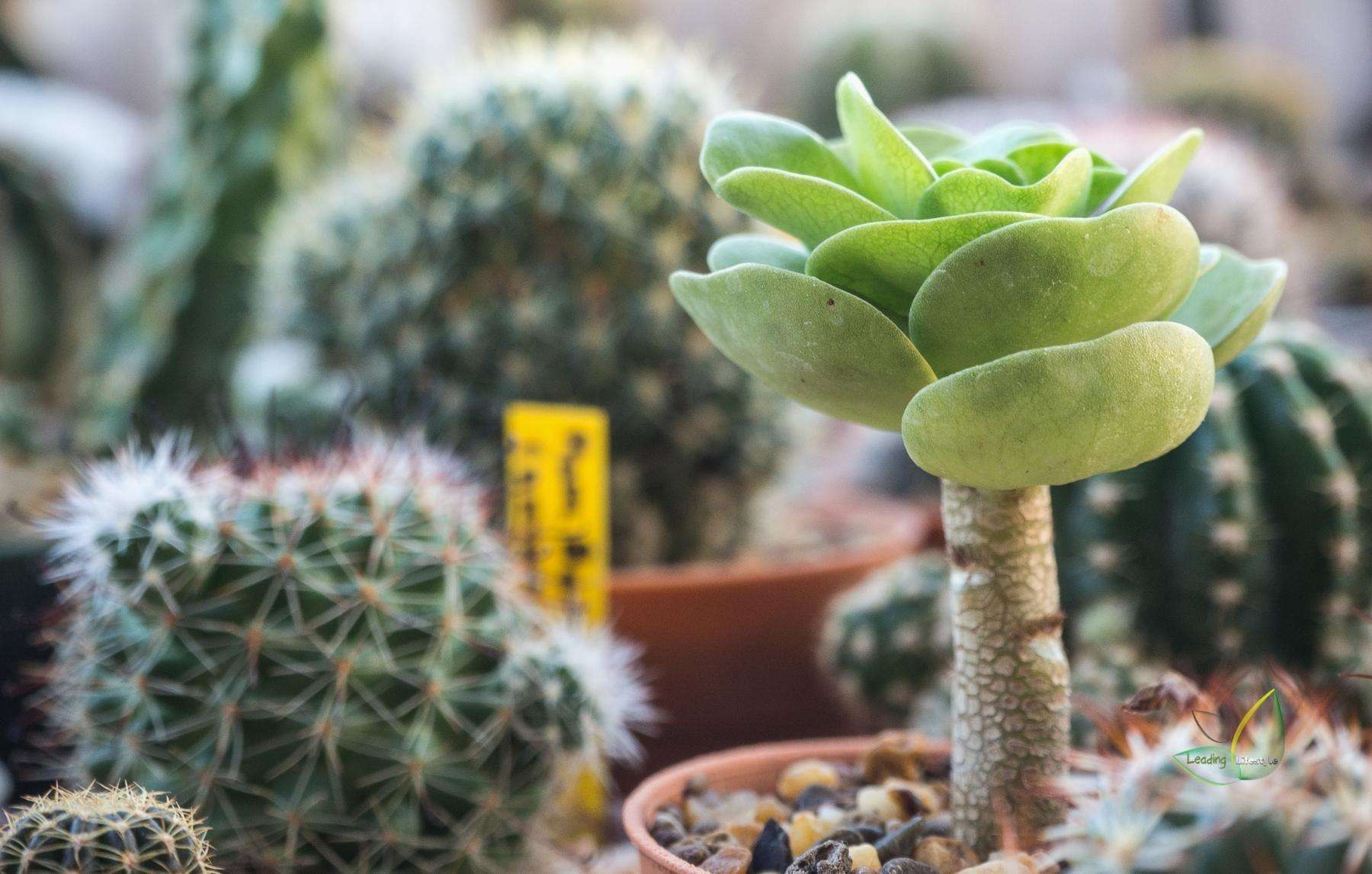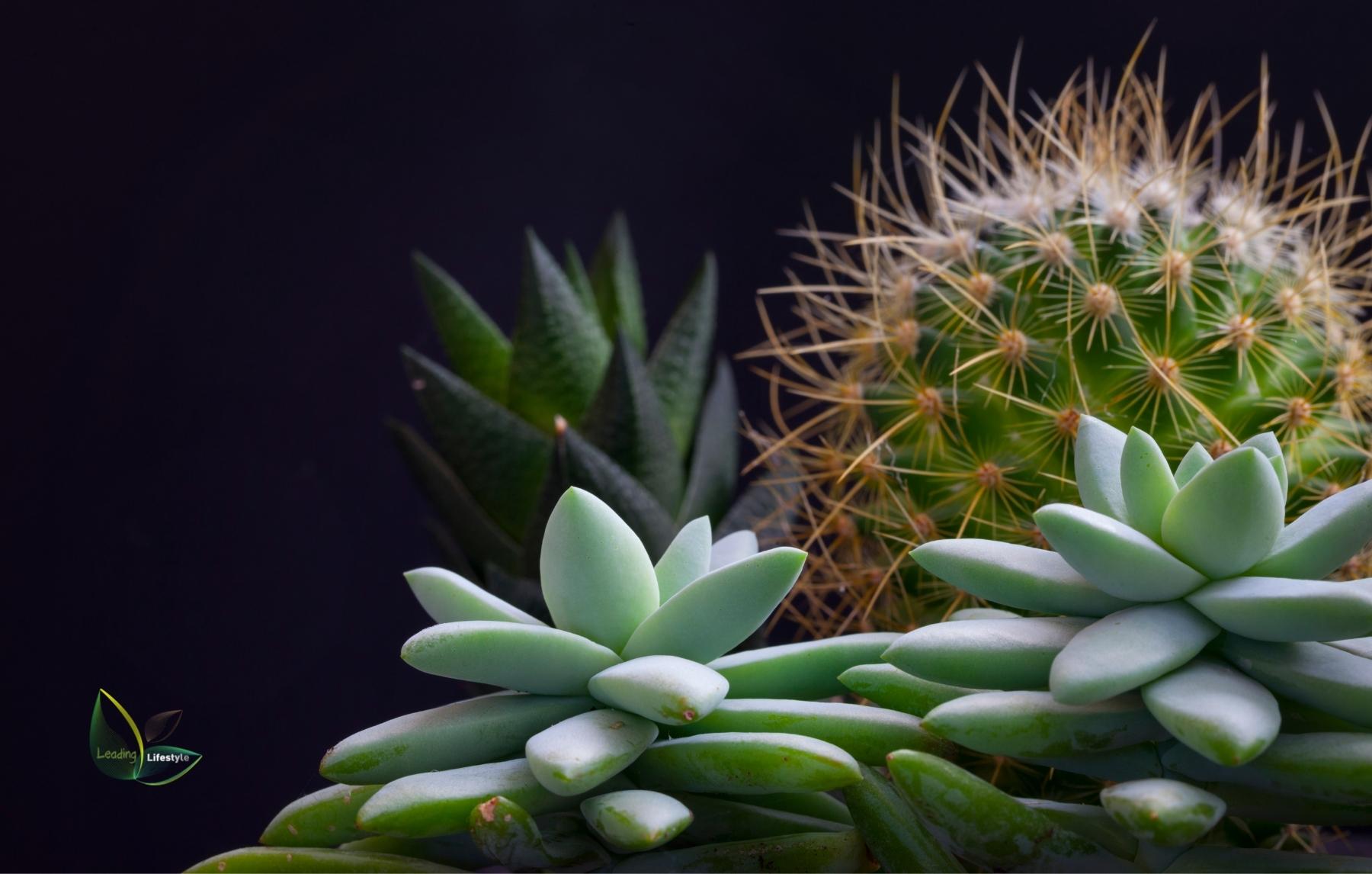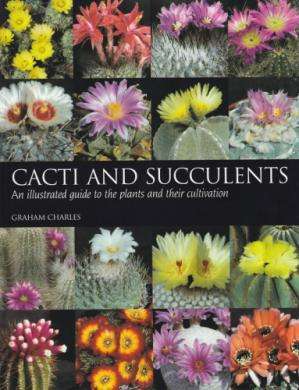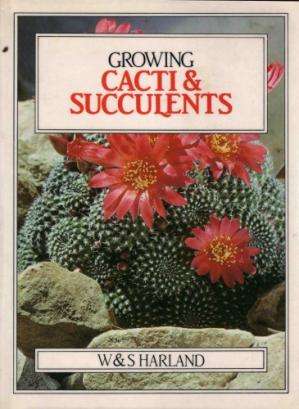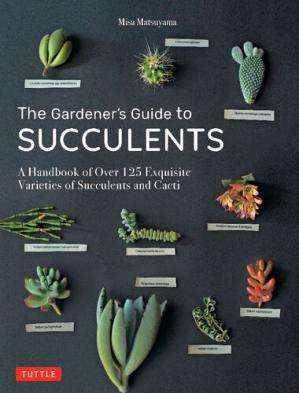A natural slowing of garden activity generally follows winter. When it comes to gardening, winter is a slow time. But you can still do a lot to garden in the winter.
Winter is a great time to get things done that you put off during the rest of the year when it’s cold outside.
It’s a great time to plant seeds for early spring crops.
You can also start building cloches, cold frames, and even greenhouses, allowing you to extend the harvest season.
It’s a great time to dig new beds, lay new paths, and collect sticks for staking beans and peas. Also, you need to prepare your garden for winter and cover your plants, so they don’t dry out in the cold.
For plants to stay healthy over the winter, they need to be watered regularly, improve their soil, and get the proper nutrients.
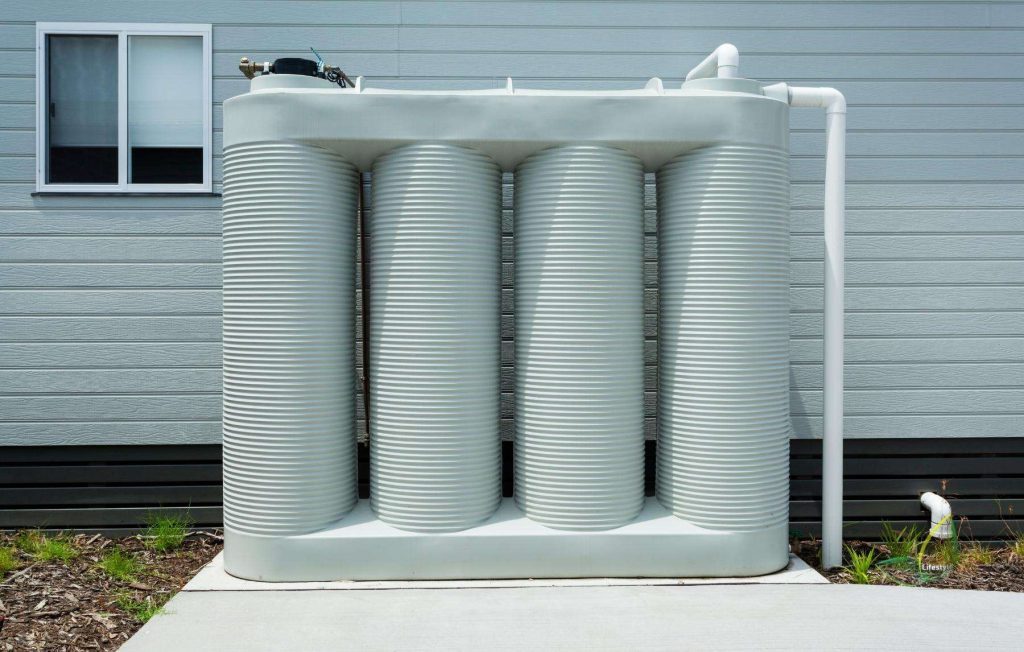
Rainwater has the unrivalled quality for watering plants and landscaping. Ground and surface water have salts and other pollutants, but rainwater does not.
Rainwater is always warm, so it doesn’t shock plants with cold as cold tap water can. So, using rainwater tanks for the garden in the winter is very good for plants.
But this doesn’t mean that collecting rainwater will solve all your problems in the winter. Even gardens that use water tanks need to prepare for winter like other gardens.
Using water tanks to collect rainwater can give you a steady water supply even during the cold winter.
But it is up to you to prepare your garden for winter and ensure the plants don’t freeze or dry out.
Here are some tips and tricks for winter gardening that will help you prepare your garden for the cold weather.
Stop watering more than once a day
When it’s warm outside, plants need water to grow because it helps the roots absorb nutrients from the soil.
As the weather gets cooler, a plant’s growth slows down, too. This means that they need less watering and fertilizing.
You only need to water the plants once a day, in the morning. Lessen how much you water plants in pots.
When it’s cooler outside, they require much less water.
If you live in a wetter place, don’t water your plants a little bit every day. This will only make the top layer of soil moist, but the roots won’t get any water.
Instead, water your plants less often but for a more extended time. This is more like rain, letting the plants dry out between waterings.
Also, if tap water is too cold, add a small amount of hot water to it so that it feels just a little warm to the touch.
Bring Tender Plants Indoors
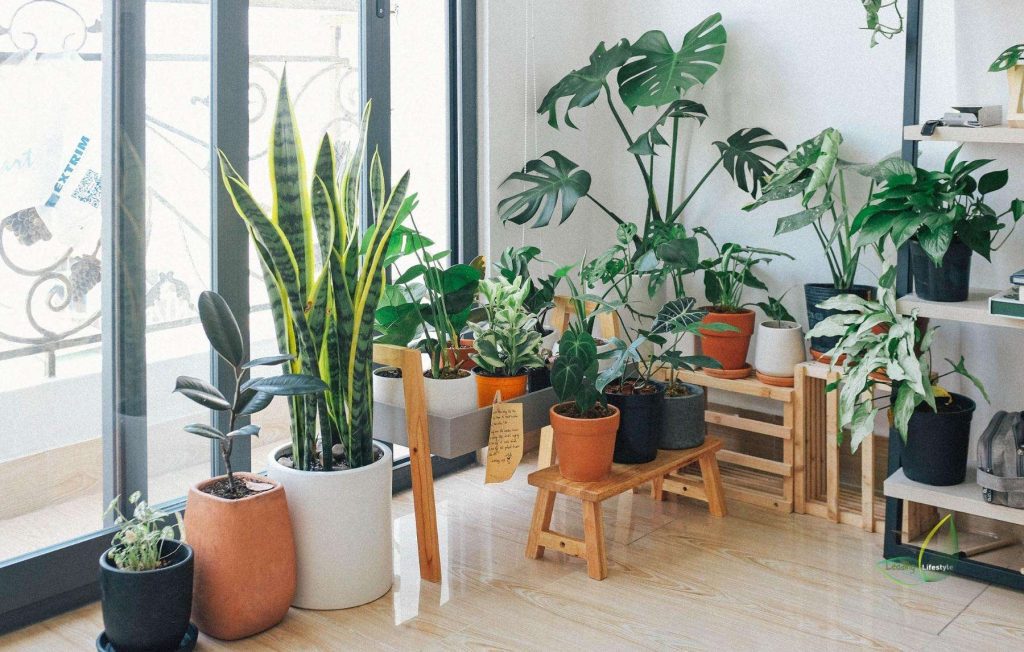
Winter does not suit all plants. To enjoy your plants again next year, you should bring them inside before the first frost.
Most of the plants that gardeners bring inside for the winter are tropical plants that can survive the cold, bulbs, and tubers.
Before moving your houseplants, ensure they will still get enough light and the right conditions for growing. Before bringing the plants inside, check them carefully for pests or diseases.
If you find bugs on your plants, treat them while they are still outside. Use water to eliminate the bugs, then spray pesticides on the plants.
Also, it would help if you gradually got your plants used to less light while they are still outside.
For plants to grow well indoors, they need less fertilizer and more humidity. Once your plants are inside, water them often and spray them two or three times daily to add more humidity.
Rainwater Harvesting In Winter Gardening
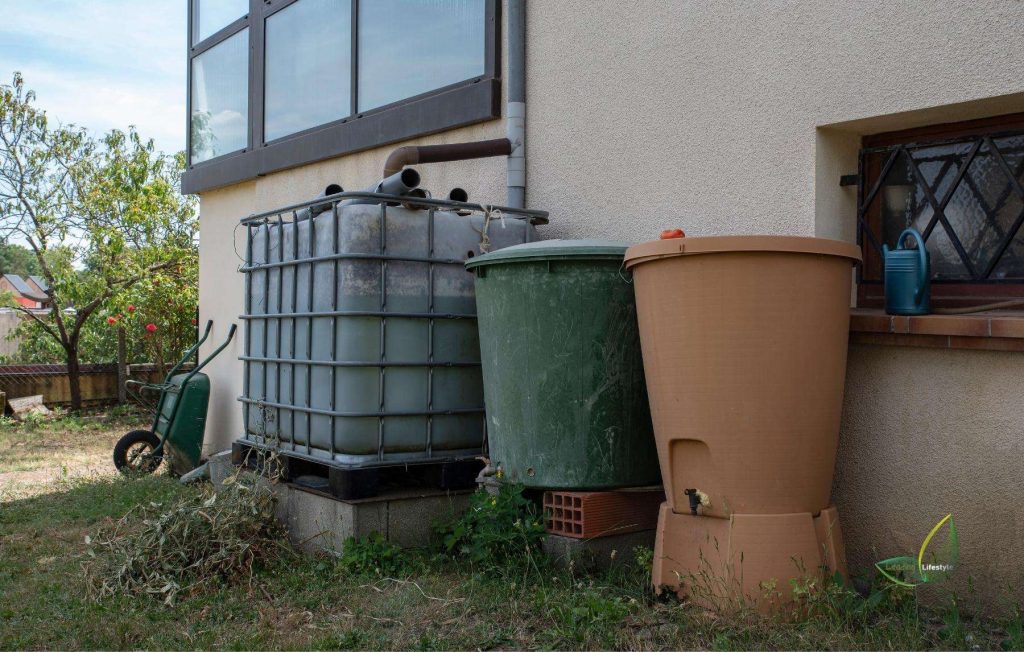
Rainwater is always soft, has a natural acidity, and has a lot of nitrates. Because of this, it is the best water source for gardening in the winter.
During the winter, some places on Earth don’t get any rain. So, it’s best to save as much rainwater as possible so that your gardens can stay alive even in the winter.
Rainwater harvesting is just collecting the water that runs off your roof and tiles so you can use it.
You can catch the water and put it in barrels or tanks later. If stored rainwater is used in the garden, it will also keep the soil moist and add water to the ground.
Rainwater can be collected and reused in many ways, such as with barrels and water tanks. There are also some ways to get a garden with water tanks ready for winter.
The most important thing to do in winter is to keep your tanks from freezing or damaging.
Whenever possible, don’t wet plant leaves.
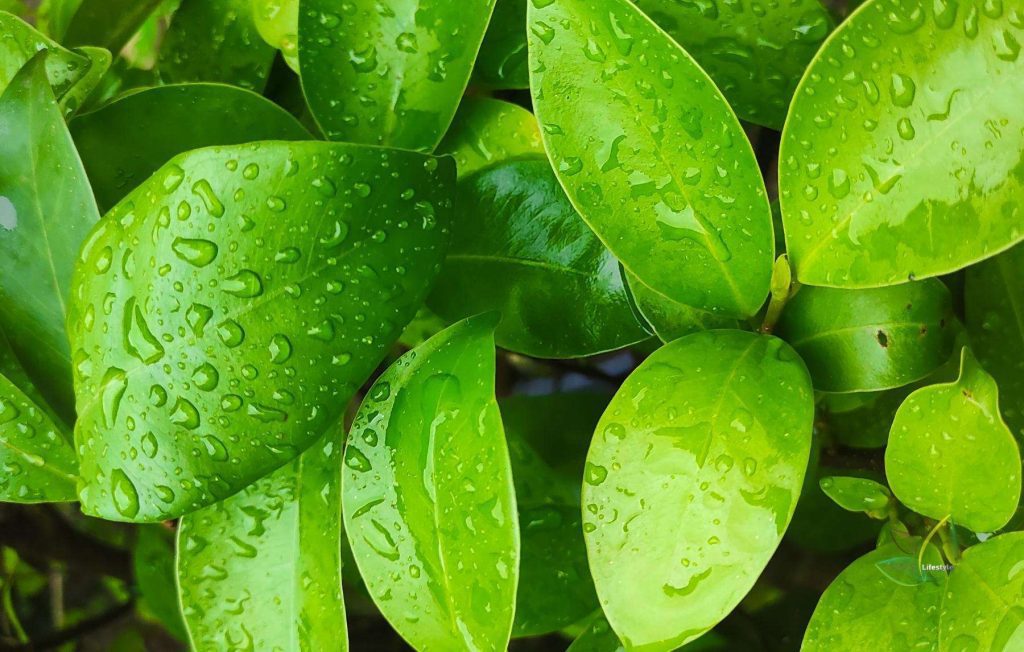
Even though it sounds strange, indoor plants need less water in the winter.
During the winter, plants grow more slowly. So, even though the air is dryer, they don’t need as much water. So, giving them too much water at this time could cause root rot.
Also, it’s best not to get the plant’s leaves wet if you can help it. When the leaves are wet, there is more water on the soil’s surface. This makes mulch, which stops the plants from getting the nutrients they need from the soil.
So, instead of watering the leaves with a can, try spraying the leaves with less water.
But you don’t have to wait until the leaves fall off or start to dry out before you water them. Just stick your finger into the soil and look down an inch to see if it is dry. If so, you should water the plants.
Weed Control In Winter Gardening
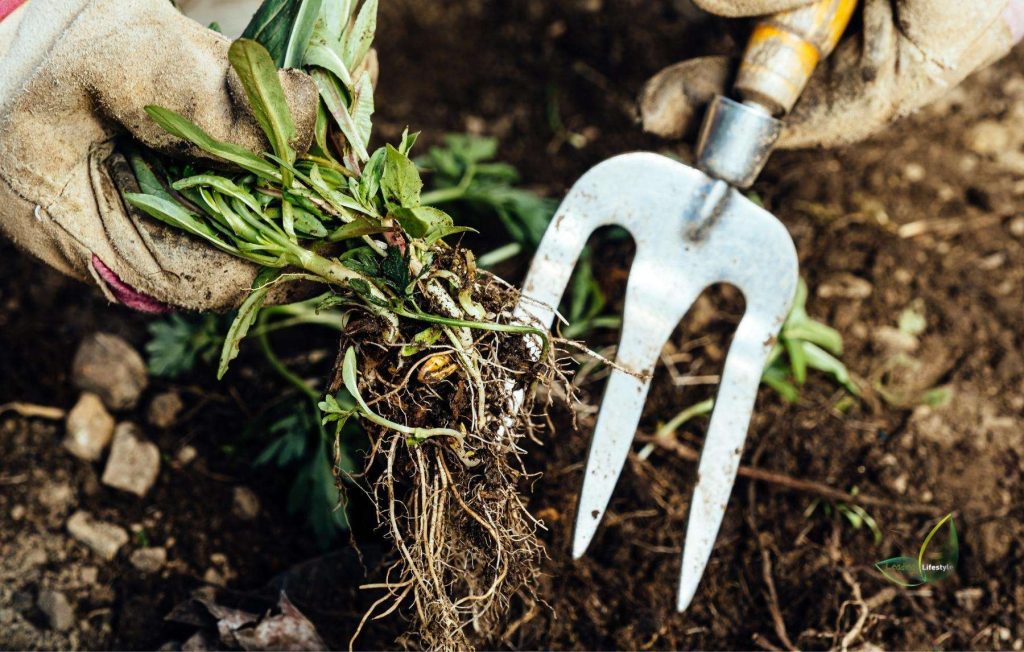
Weed control is a great thing to do on the occasional warm winter day.
The best time to get rid of weeds is at the beginning of winter before tiny seeds are spread by tilling, snow, pets, and wind.
Winter weeds include chickweed, bittercress, henbit, and dead nettle. Clover, dandelion, and wild violets are also perennial weeds that grow back every year.
You can also stop annual weeds from growing by covering the ground well during the winter.
A simple and effective way to control yearly winter weeds from growing is to keep your lawn thick and cover bare spots in your garden with mulch.
There are many ways to get rid of weeds on the market. You can choose one based on where you live, the weeds you want to get rid of, and the weather.
But pulling weeds by hand is a great way to get rid of them at their roots.
Winter Pruning For Some Plants
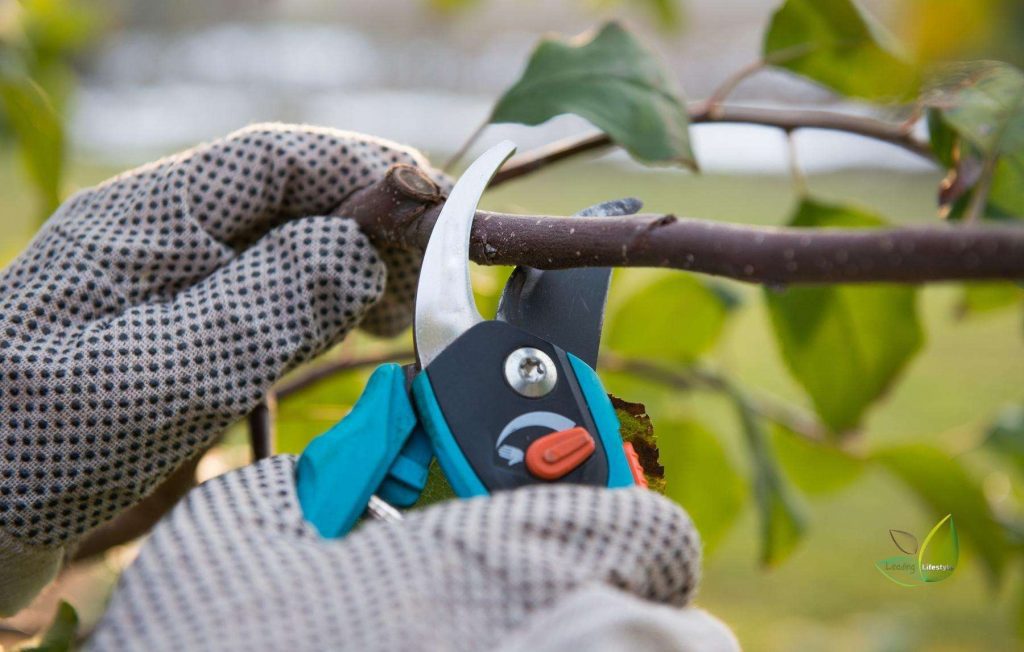
Most plants are best pruned in the winter, especially those that lose their leaves.
Pruning in the winter makes more flowers and fruit grow, can help give the plant a good shape, makes it grow strong, and keeps diseases from taking hold.
Pruning is suitable for many garden plants, but you must do it at the right time of year and in the right way.
When plants are sleeping, they need to be pruned during the winter. If a plant has no leaves, it’s much easier to prune it because you can see how its branches are connected.
Also, diseases are less likely to spread from one plant to another in the winter, and fresh cuts from pruning are less likely to draw bugs.
Pruning plants in the winter gives them more roots and energy, which helps them heal quickly and increase in the spring.
Most woody plants are pruned in two primary ways: thinning them out and cutting them back.
Care For Soil In Winter Gardening
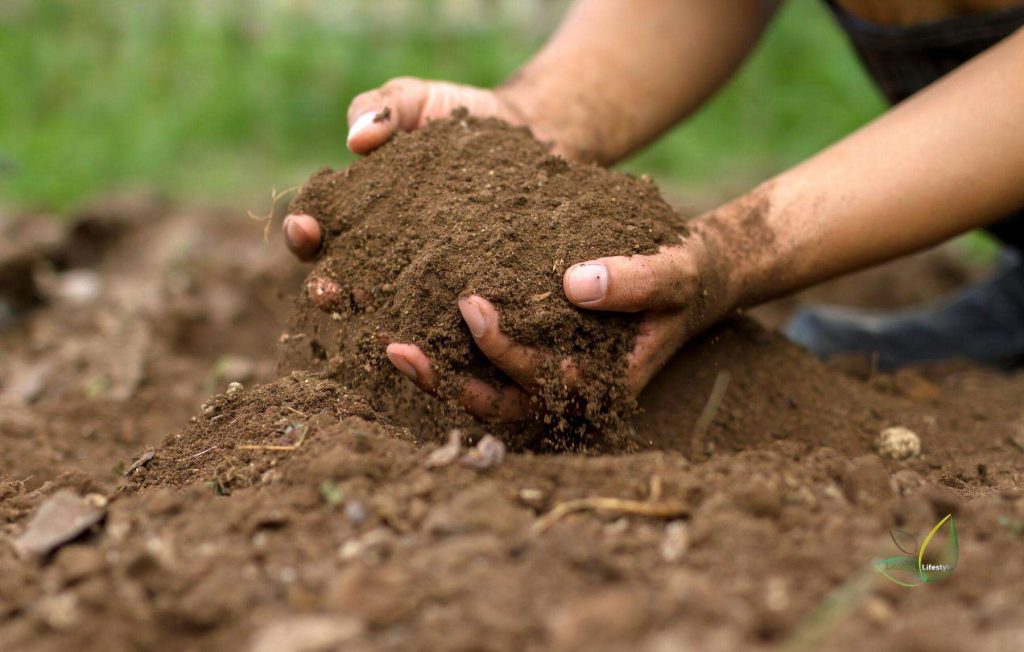
There is less activity in the garden when the weather gets colder in the winter. People say that the soil and its living things sleep through the winter.
Even though everything seems to have stopped on the surface, a lot is still going on underneath.
So, now is the best time to add nutrients and minerals to your soil and boost it.
Fall is an excellent time to cover empty beds with mulch instead of cultivating them unless you need to eliminate weeds that come back every year. Mulch does a great job of keeping the soil safe from winter damage.
You can also grow cover crops in the winter to keep the soil from washing away.
You can also pile compost on top of your garden beds and cover them with an old blanket or tunnel cover.
The garden bed has a deep layer of compost on top, and a cloth cover makes it even better.

